Catch the best early summer fishing from coast to coast, with striped bass, snapper, yellowtail and more offering prime opportunities.
Quicklook: Best Places to Fish in June
- Best for the Northeast: Striped Bass
- Best for the Low Country: Redfish
- Best for the Gulf Coast: Red Snapper, Blue Marlin
- Best for California: Yellowtail
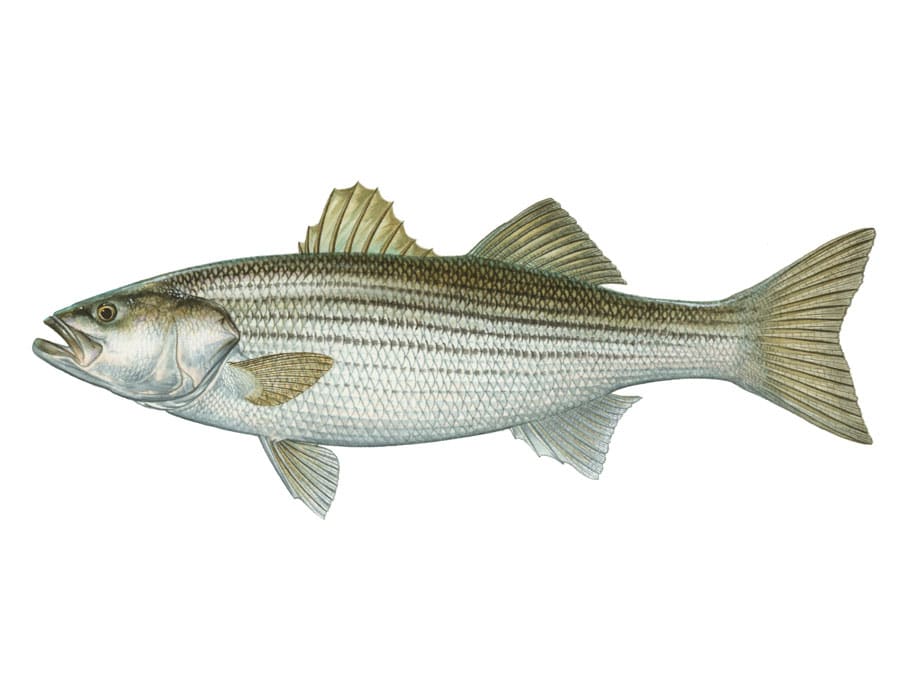
Striped Bass – Monomoy, Massachusetts
There’s no better place to spend June than Monomoy Island, a sandy spit on the south tip of Cape Cod, where bluefish and striped bass are feeding in the rips. Warm water from Nantucket Sound meets cooler ocean water to create standing waves and current seams. This scenario attracts squid, herring and sand eels followed by striped bass and bluefish. Use a 7-foot medium-heavy rod and 30-pound reel spooled with wire or lead core line to troll tube and worms, heavy jigs and Hoochies through the rips. Best conditions include strong current and rough water. Last summer striped bass fishing was great with a good day producing 20 to 40 bass with most fish in the 28- to 31-inch slot limit. –Lee Boifvert, Riverview Bait and Tackle
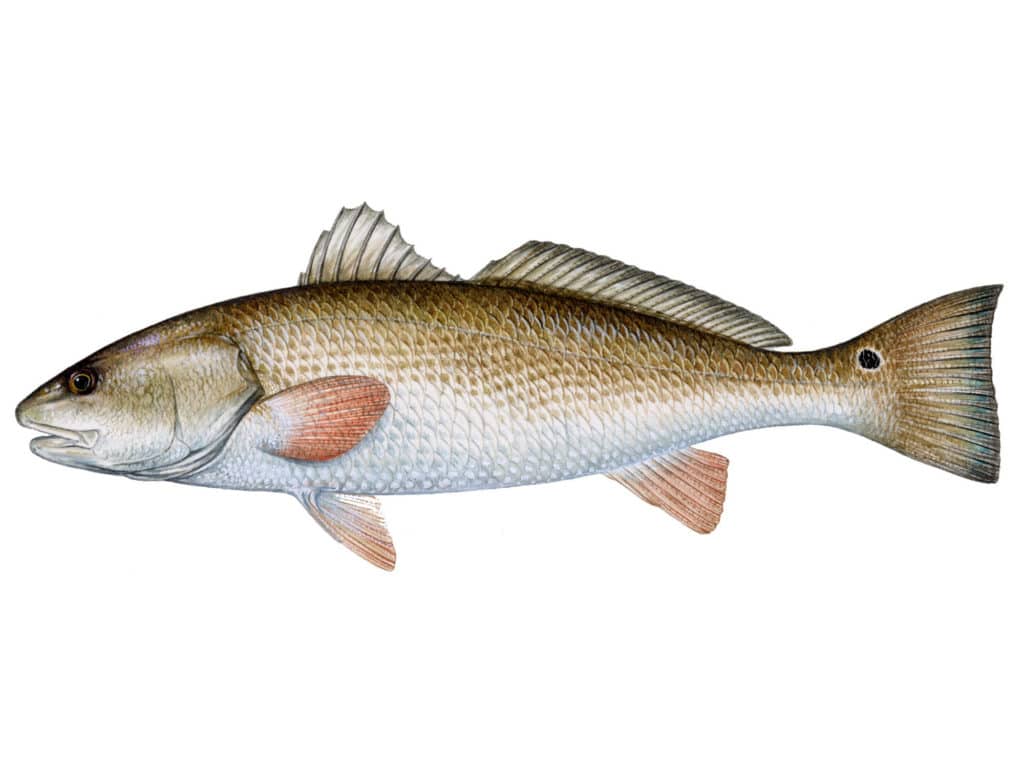
Redfish – Charleston, South Carolina
Summer flood tides draw redfish anglers to the Low Country. When the tide range reaches six feet, redfish move into the flats and marsh grass where I can spot them tailing and pushing water. To quickly shoot a fly to a tailing redfish, I use a 9-foot Helios fly rod and Size 4 reel with Pro Saltwater Tropic line and 16-pound-test tapered leader. When reds are tailing hard with their nose in the mud, the best fly is a crab imitation. To avoid spooking the fish, don’t make a lot of false casts. Land the fly in the fish’s path and hardly move it until the red strikes, then strip set the hook. We catch redfish year-round, but the summer high tides offer the best opportunity to sight fish in the shallows. –David Hance, Orvis Charleston
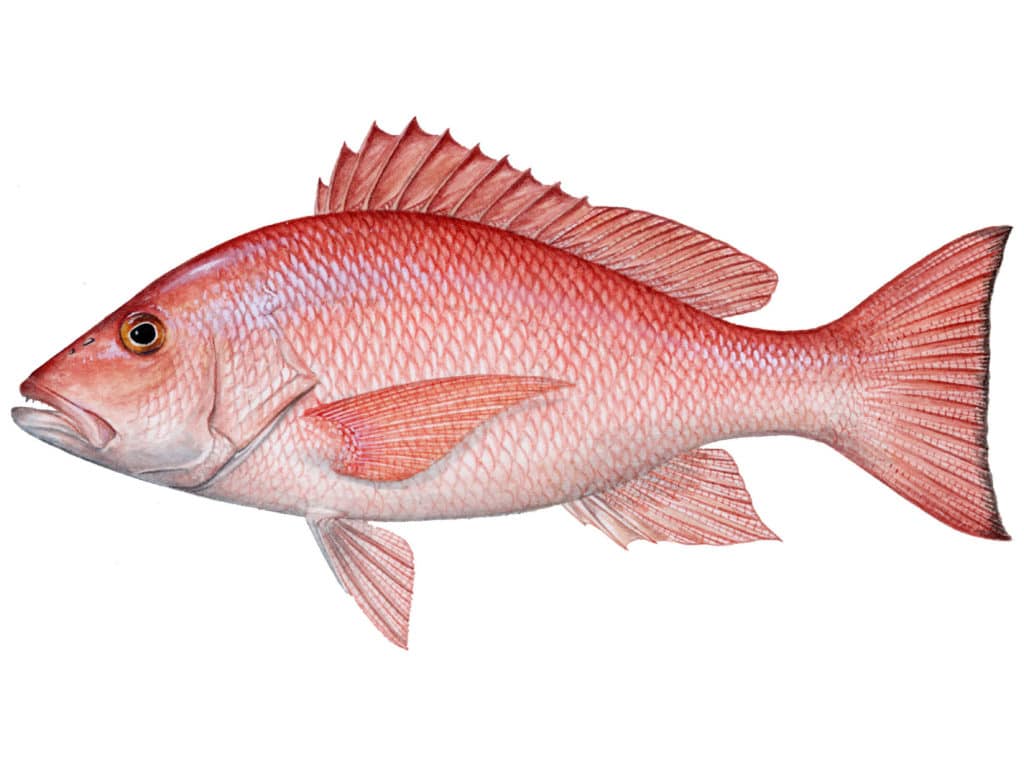
Red Snapper – Orange Beach, Alabama
Red snapper season is open and fishing is good on the nearshore wrecks, reefs and rigs. Anglers can fish Friday through Monday and the season stays open until the quota is filled. Alabama has an extensive artificial reef program and dozens of gas and oil platforms, so anglers have a lot of places to fish. Watch the fish finder screen for red snapper and bait marks. Then, take a heavy action spinning rod with a 10,000-size reel or a 20-pound conventional outfit filled with 50-pound braided line. The rig is simple, either a knocker rig or Carolina rig with 4 feet of 80-pound monofilament, a 6- to 10-ounce egg sinker and 4/0 hook. Typical bait is a cigar minnow or menhaden, but I like to mix it up with bonita belly, squid and mackerel. –Stephen Leach, J&M Tackle
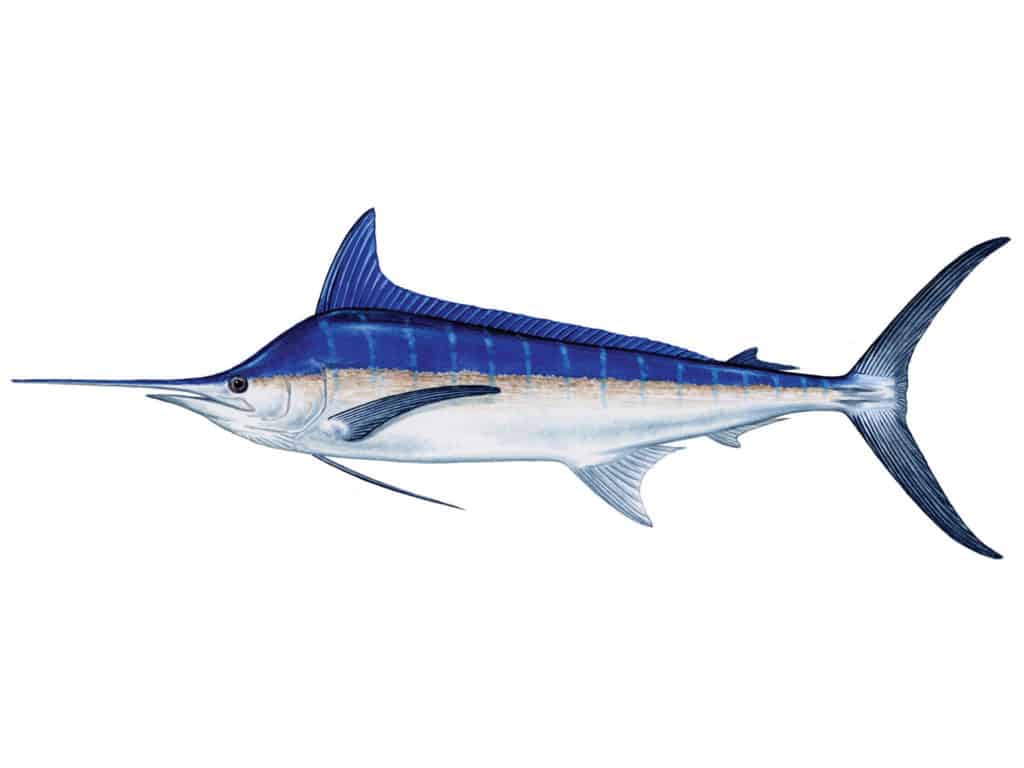
Blue Marlin – Galveston, Texas
June is blue marlin season off Galveston, Texas. Crews head to the floating oil platforms up to 120 miles from the coast. Trolling large lures with 80-pound tackle is the best way to cover water and search for blue marlin. But, when the fish are holding on the platforms, anglers fish large live baits like albacore and blue runners. Live bait fishing allows anglers to use lighter 50-pound stand-up tackle and keep the fight shorter. Spool the reel with 80-pound hollow core spliced into 50 pound monofilament. Then, add a ball bearing swivel, a 6-foot length of 280-pound fluorocarbon and a 12/0 Mustad 39948 NP-BN Demon Perfect Circle hook. These hooks have a wide gap so you don’t need to use a huge hook. To make rigging the live bait quicker and easier, use a Bridle Buddy live bait system that inserts and secures the bridle with minimal damage and stress to the baitfish. Slow troll the live bait around the oil rigs or use dredges and teasers to attract a blue marlin to the boat and then pitch the live bait to the fish. –Chris Gonzalez, Serious Tackle
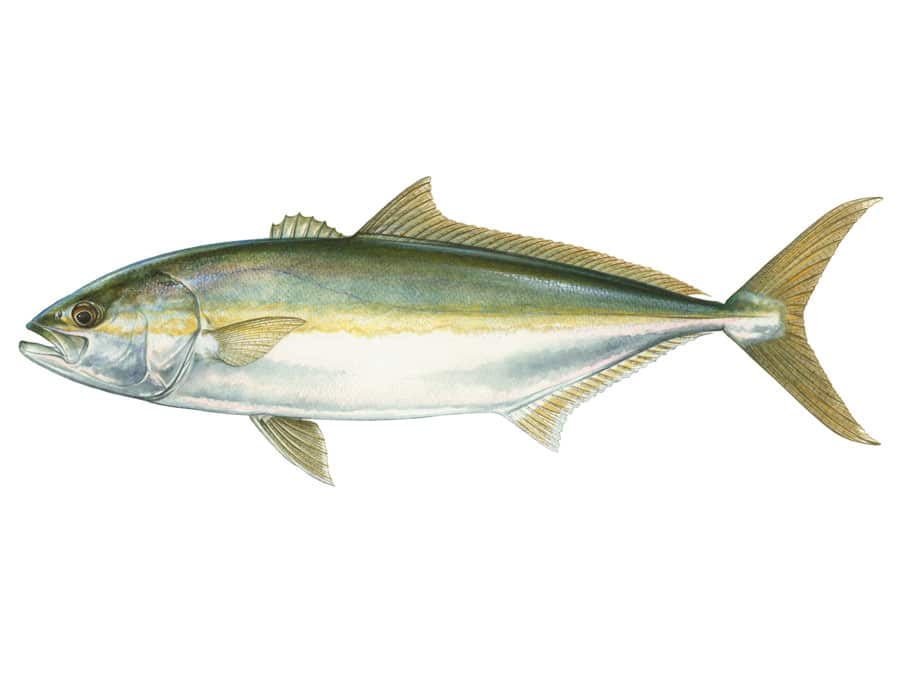
Yellowtail – Los Angeles, California
There’s a lot going on in June, but if I had my choice I would take a party boat to San Clemente Island to fish for yellowtail with live bait and lures. To fish live bait, start with a conventional rod and reel spooled with 40-pound braided line and a short leader of 20-pound fluorocarbon ending in a 2/0 Owner Ringed Flyliner hook. Use a 9-foot moderate-fast rod to sling the live bait and then let the bait slowly swim away from the boat. Live bait fishing is easy, but lure fishing is more fun. Use a 9-foot glass and graphite composite rod with a star-drag conventional reel to launch a surface iron as far as possible. Experiment with lure size and color to match the water clarity and temperature conditions. This season’s hot lure is a Tady 4/0, a deep jigging lure that is rigged for surface fishing. Work the lure back to the boat by holding the rod tip down to keep the jig swimming just below the surface. Watch the lure closely and be ready for a bone-jarring strike; the bite will make you scream with excitement. –Jeong Park, Baja Fishing Tackle









